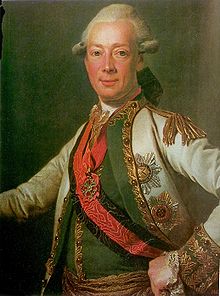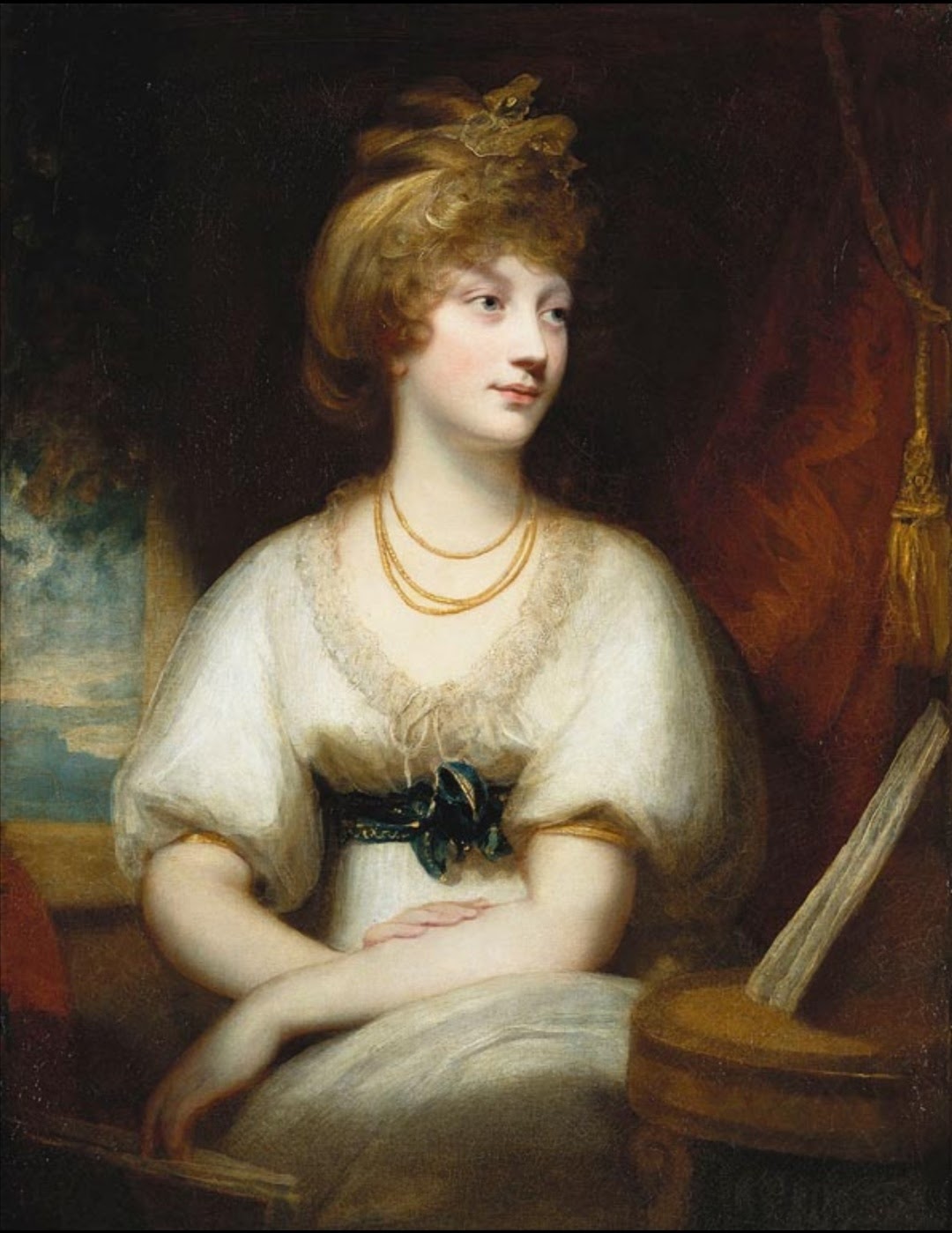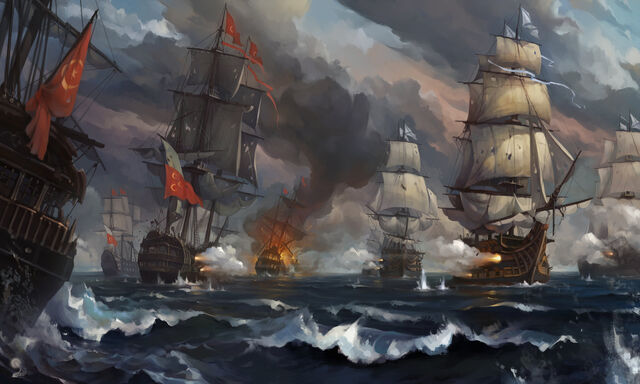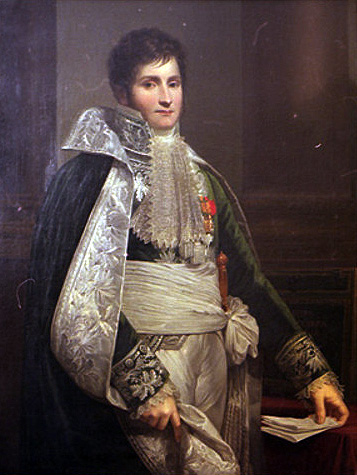Russia 1800-1820

Russia between 1800 and 1820 centered around the whims of one man; Pavel Petrovich Romanov know to the rest of the world as Tsar Paul I. Paul I was a man who was always trying to climb out of his mother’s shadow, and escape his children’s claws. This one statement can sum up the entire reign of Paul and the fate of Russia under his reign.

Tsar Paul I of Russia (Paul the Mad)
Paul’s reign began on October 12, 1794. One of his first acts as Tsar was to pass the Pauline Laws making it so that the throne could henceforth pass to a female and through the female (cognatic) line of the dynasty, upon the extinction of all legitimately-born, male dynasts. Paul would spend the next decade reorganizing the empire so that it fit into the world of knightly orders that he lived in inside his head. This finally got to be too much and on May 12, 1808 a group of military officers and nobles led by the Tsarevich Alexander attempted to kill the Tsar in his bed. However, the paranoid Paul was able escape the coup. Enraged at the betrayal of his own blood and frightened by memories of the mother’s overthrow of his father Peter III Paul had all of the conspirators executed in the middle of St. Petersburg. Paul then went on to purge the royal court of all “dissident elements" including his second son the Grand Duke Nicholas. Making his fourth son Grand Duke Michael Pavlovich the new Tsarevich. However Paul’s mental health would continue to decline over the next two years he would launch a series of purges of the Russian military, and population. The Low point came on May 7, 1810 when Paul ordered the exile of close to 150,000 people to Russian America for thoughts of treason to the crown. Even for the loyal Russian people this was too much and riots broke out across the empire. Faced with possible revolution the Tsar’s half-brother General-Major, Count Aleksey Grigorievich Bobrinsky (Catherine's bastard son) gathered loyal officers and soldiers to him on April 17, 1810. He and about 5,000 guards marched on the St. Michael’s Castle and arrested Paul declaring him no longer mentally fit to carry out his duties as Tsar. In chains and under guard Paul abdicated in favor of his young son Michael, and Paul’s half-brother Count Aleksey Grigorievich Bobrinsky who would act as regent until his young Nephew came of age. Young Michael was Crowned Tsar Michael II on April 28, 1810, at just 12 years old. His uncle and Regent Bobrinsky made sure the boy was fully engrossed in the working of the government, from day one. He also brought in tutors form France, England, Prussia, Italy and even the Federal Republic of America in addition to his Russian tutors.
The deposed Paul would be sent to a monastery deep in the wilderness of Russian America, he would continue to slid into a deepening madness, before finally dying on May 7, 1835.
As Regent Bobrinsky had to walk a tight rope as to how he ran the country if he stepped too far in any direction then he would be accused of trying steal his nephews crown. But still within the tight constraints that he was place in Bobrinsky was able to accomplish some minor changes in Russia. The first of was when he pardoned the people that Paul had exiled to Russian America giving every family that he had sent across the sea the right to claim 15 acers of land as their own and freedom from serfdom. He also pardoned all the officers that his brother had had imprisoned in Siberia restored their rank, titles and lands. He also reorganized the Army and saw the adoption of the Army’s first Rifled Musket as its primary fire arm. Then lastly just before Michael came of age Bobrinsky ended serfdom in the Russian Far East and Russian America; he took the risk at this small step when one day after his lessons with the American tutor Michael asked him why so many of his people were slaves to the land.

Count Regent Aleksey Grigorievich Bobrinsky beloved uncle of Michael II
Michael spent the time of his Regency in when not in the class room with his tutors touring the country, as much as his uncle and the advisors would allow. He also spent many days in the company of the Imperial Russian Army and became a marksman with the new Rifled Musket his uncle had started issuing to the military. All of this lead to Michael being seen as the people’s Tsar. It was during this part of his life that Michael would develop a hatred for the system of Serfdom. He would write to his uncle in 1813 .
“Never has system ever been so backward as to keep the bulk of a country’s people in poor and dumb. How much greater could our country be if the bulk of our population was not deprived of the most basic of education and allowed a chance to advance beyond the role of ignorant farmer. I swear to you before god that this shall be one thing that I correct upon my coming of Age. “
On February 16, 1815 eight days after his 17th birthday Michael would give the Russian political world the first of a long reign of shocks, by marrying Anastasia Andreyevna Gorchakov the 15 year old daughter of Andrei Ivanovich Gorchakov who were decedents of the ancient Rurik dynasty. When asked about his choice in brides the young Tsar said “I feel that we need to breed the Russian back into the Russian Imperial Family.” His dedication to this domestic principle would be shown on November 21, 1815 when the Empress gave birth to a healthy baby boy whom they named Ivan Mikhailovich Romanov.

Anastasia Andreyevna Gorchakov
Tsar Michael II
February 8, 1816 In the Cathedral of the Dormition in Moscow on his eighteenth birthday, Michael Pavlovich Holstein-Gottorp-Romanov was crowned Tsar Michael II, and Anastasia was crowned Queen Consort. Upon the completion the ceremony Michael now the most powerful man in Russia, would issue his Coronation Edict in which he officially ended the policy of Serfdom in the Russian Empire, Land owners could only charge the peasants rent for the land that they works and Serfs could work crown owned lands for free, or seek work in the cities. Michael II would move the capital of the Empire back to Moscow as part of his reRussiafaction reforms he was planning on set in place. As work of the Edict spread it angered the land owners however Michael was the Tsar and had the support and admiration of the majority of the Russian people. This was the start of the reign of the man who would be recorded in history as Michael the Great.

Coronation of Michael II
Last edited:



























